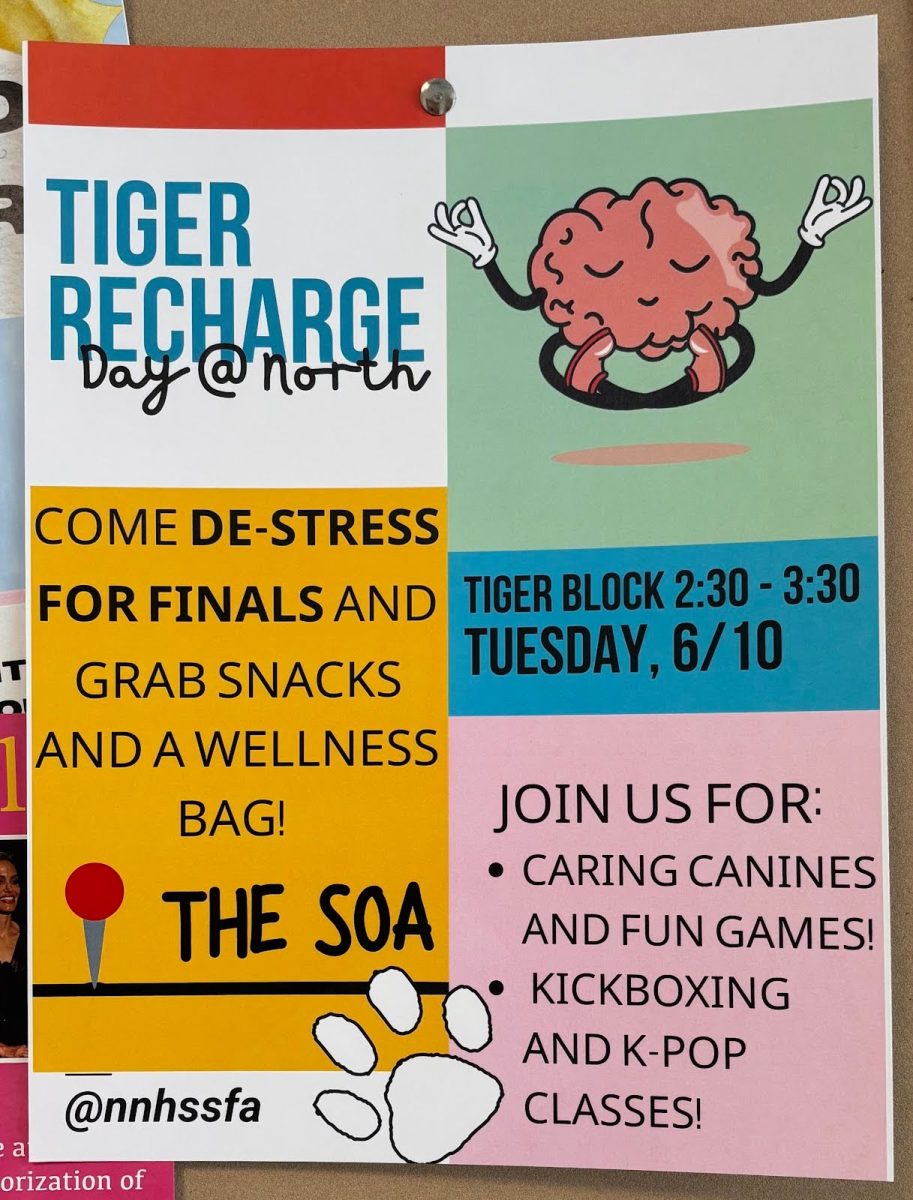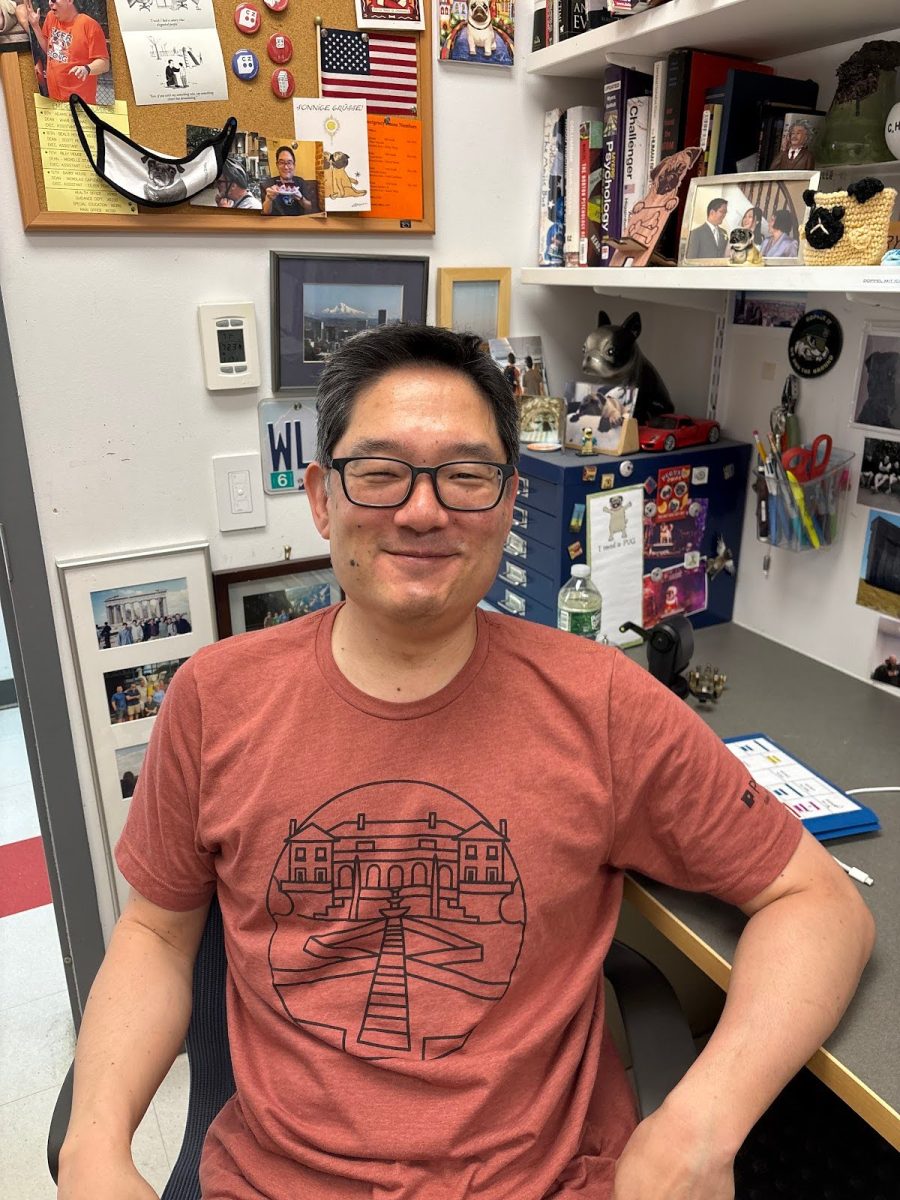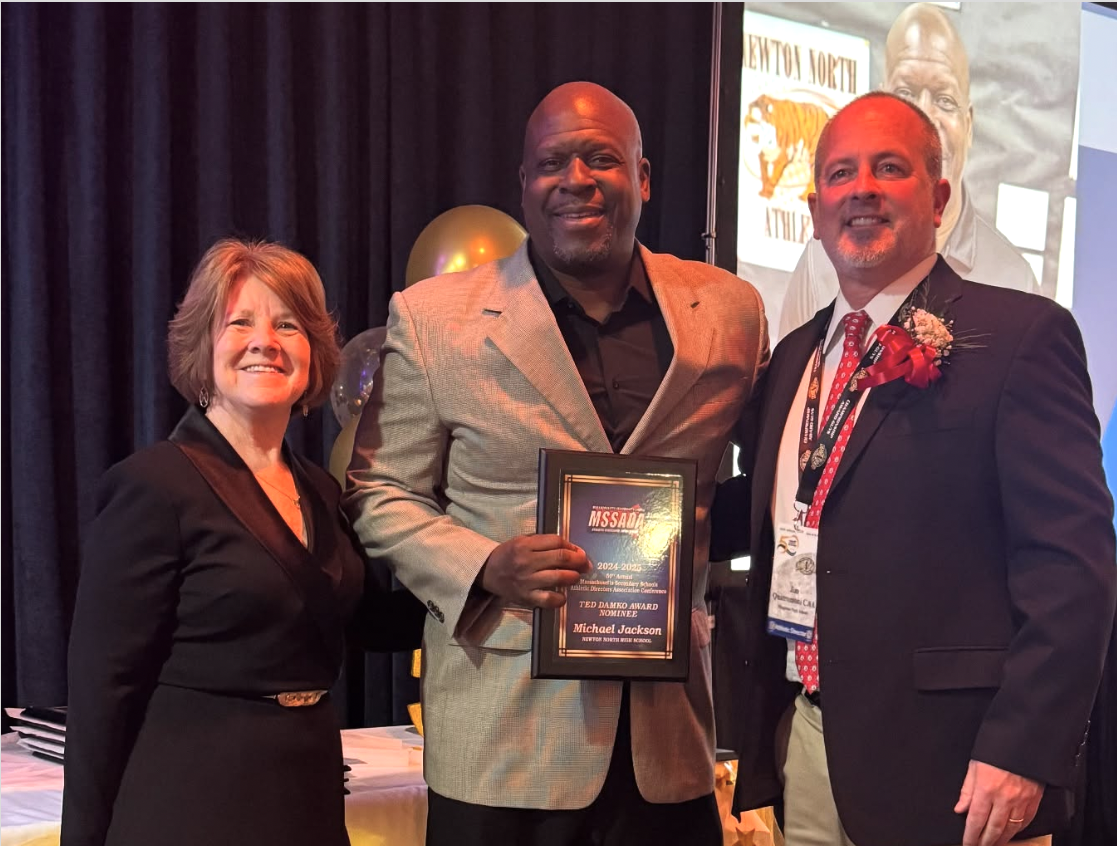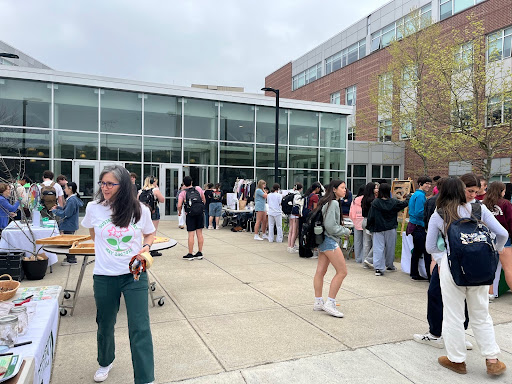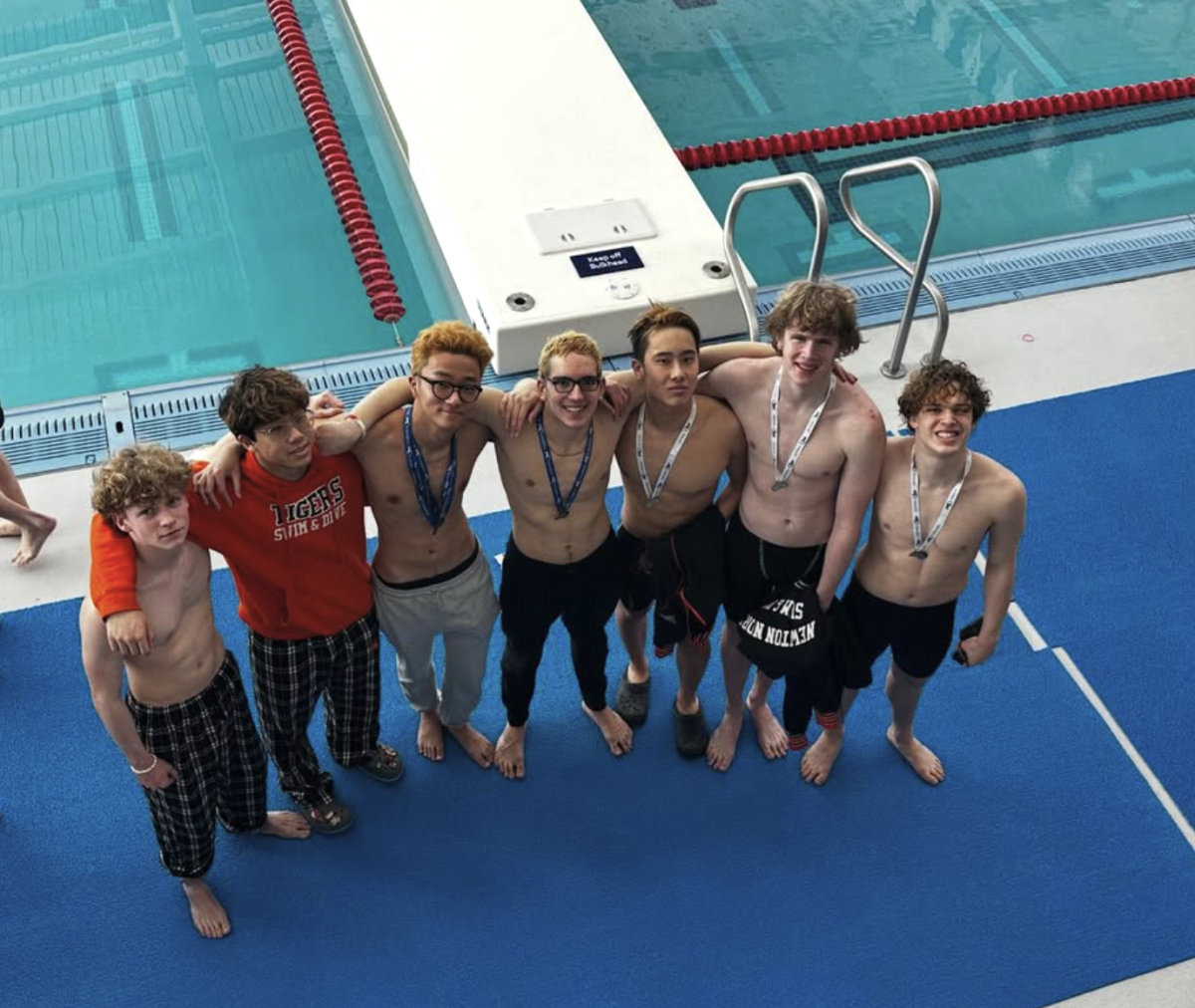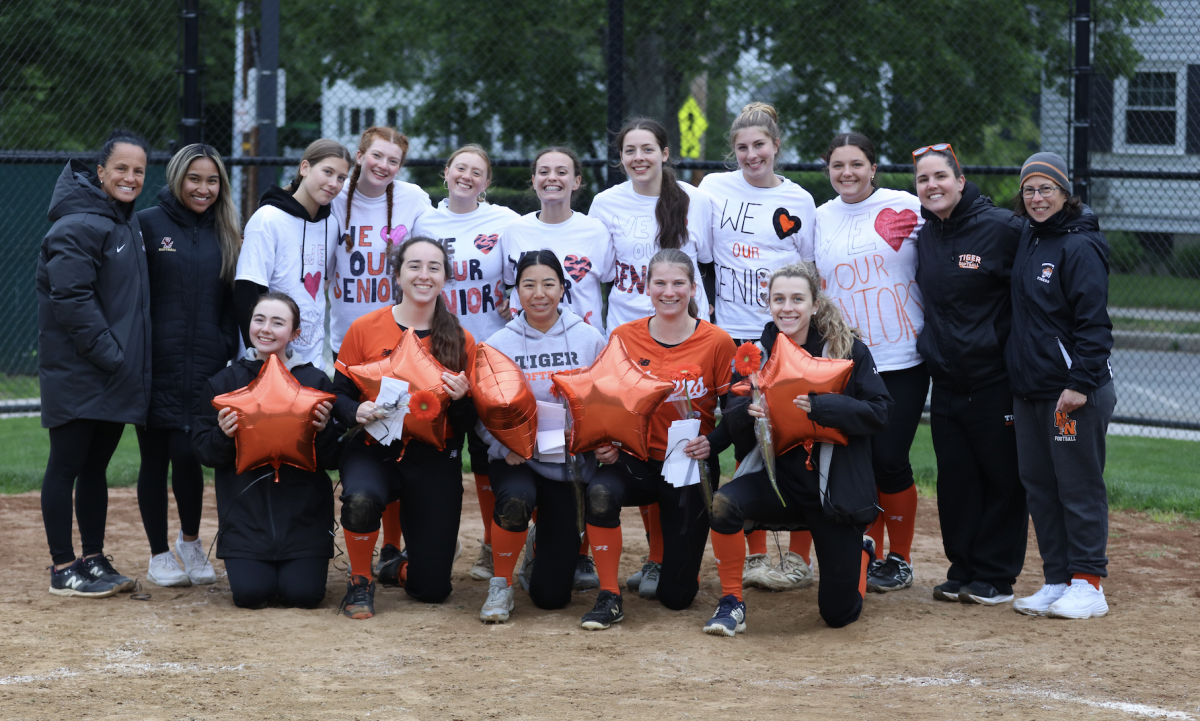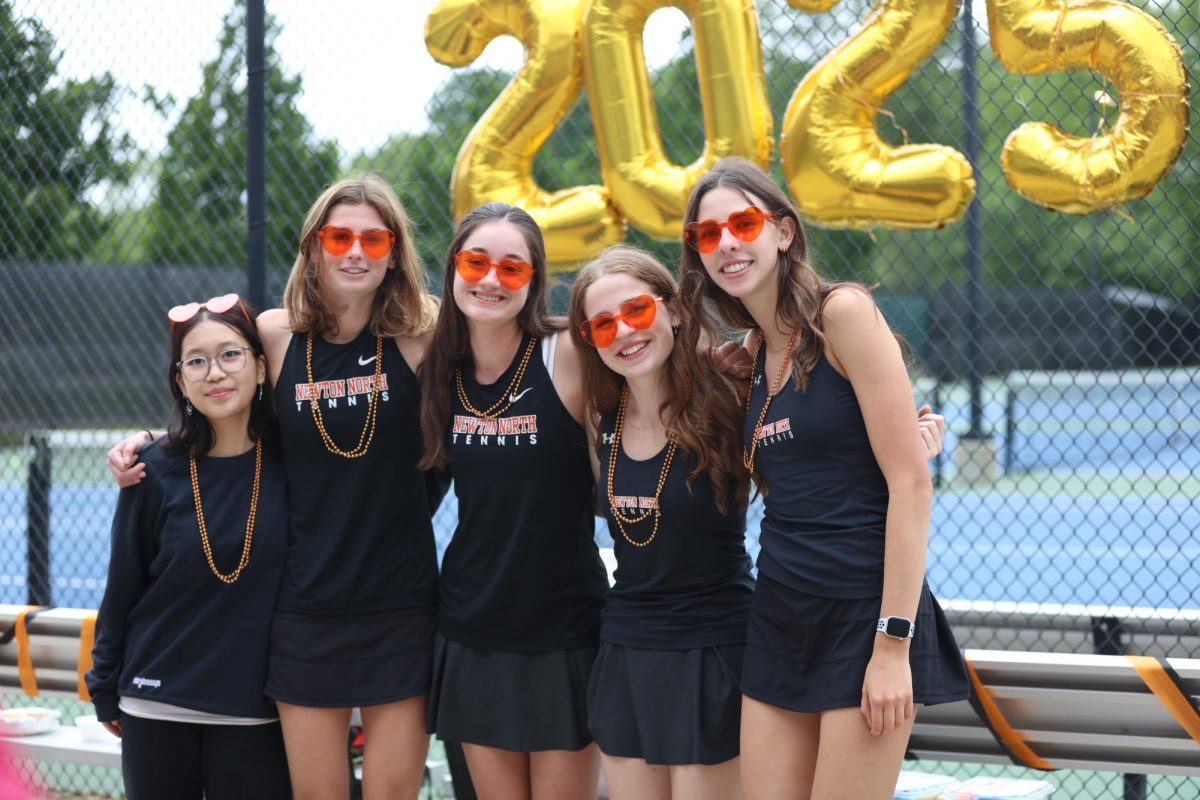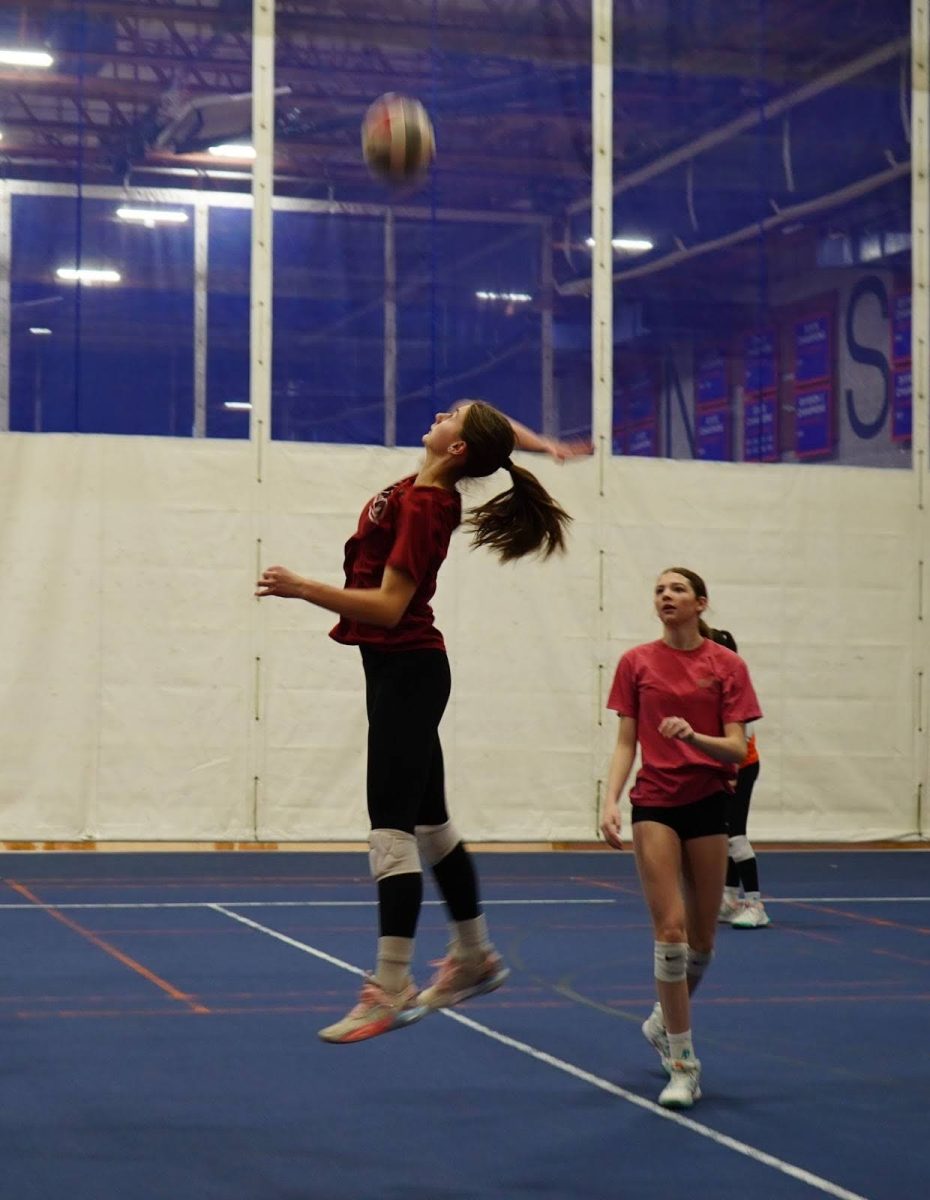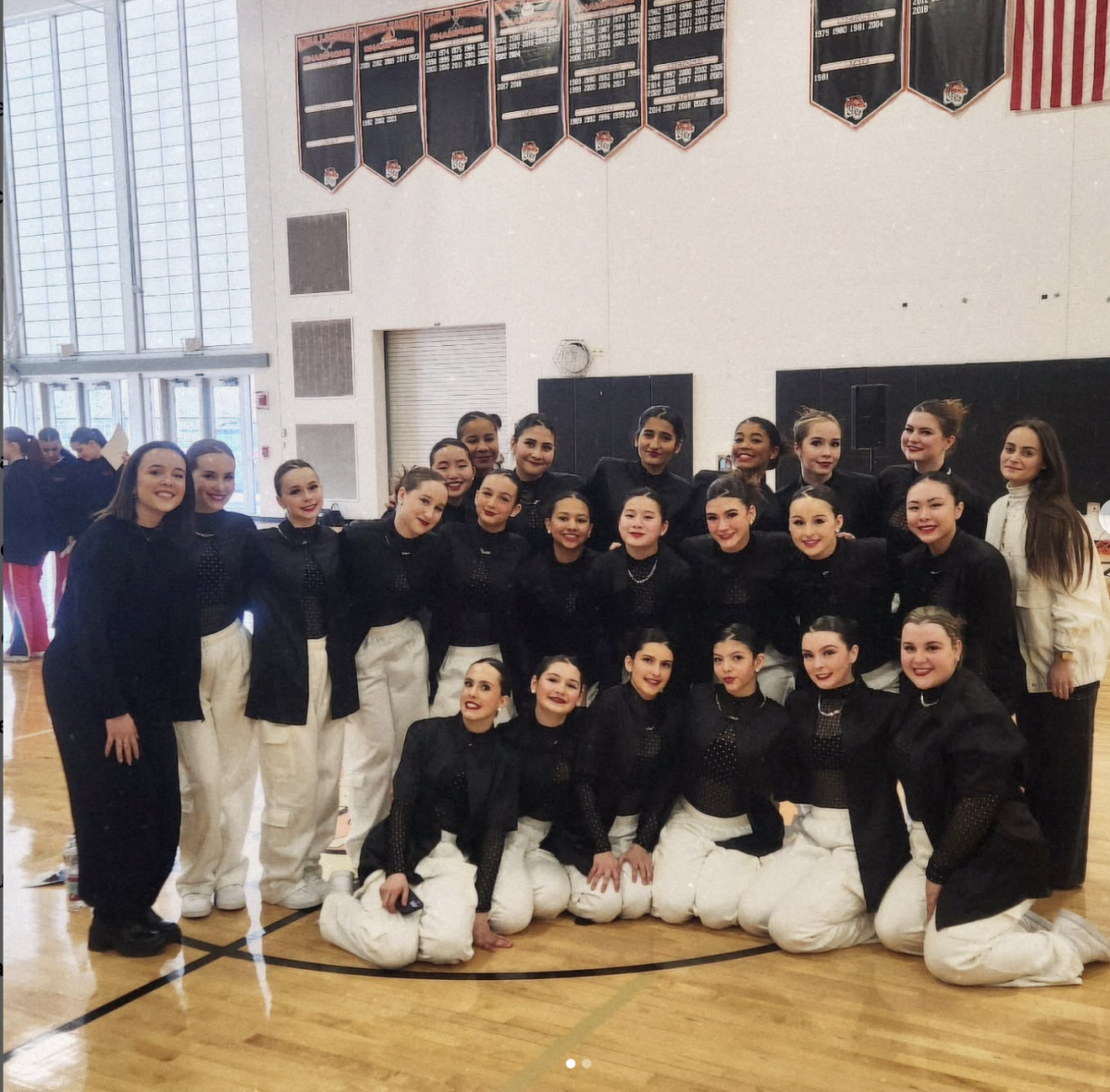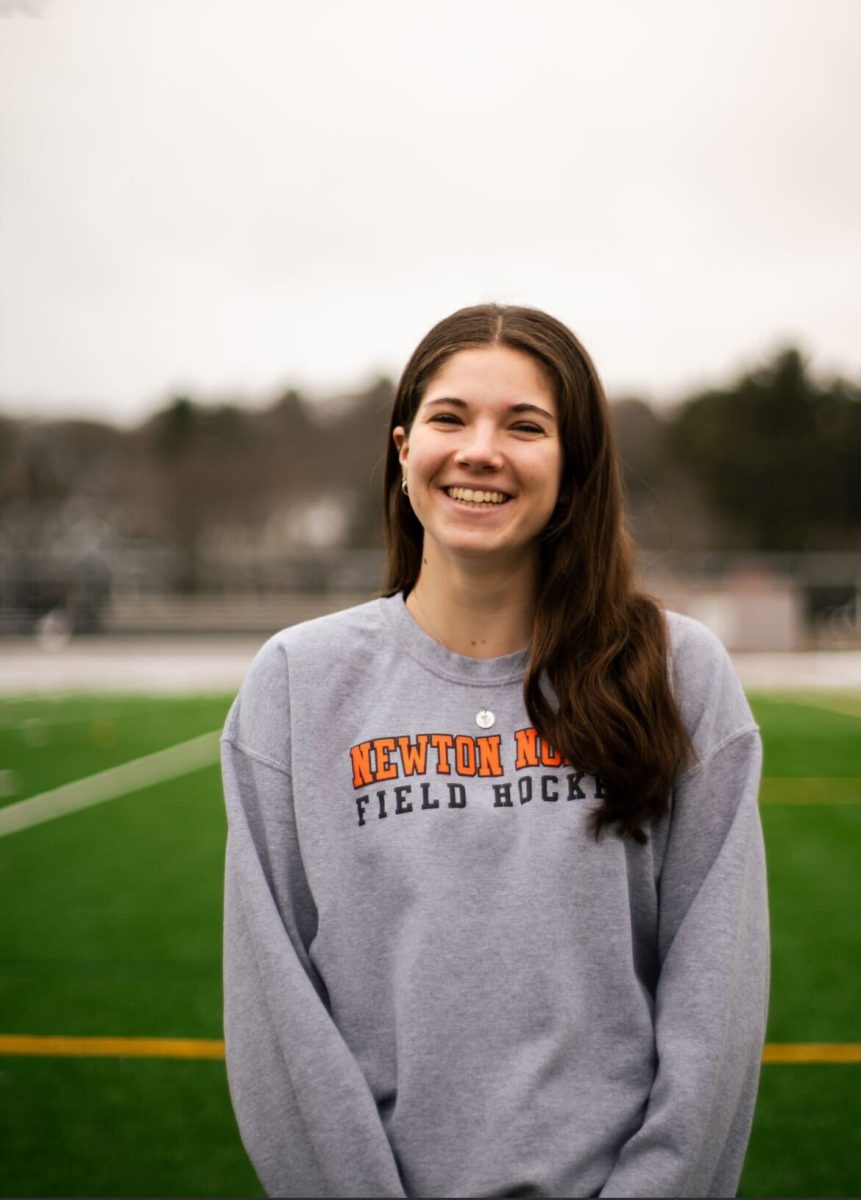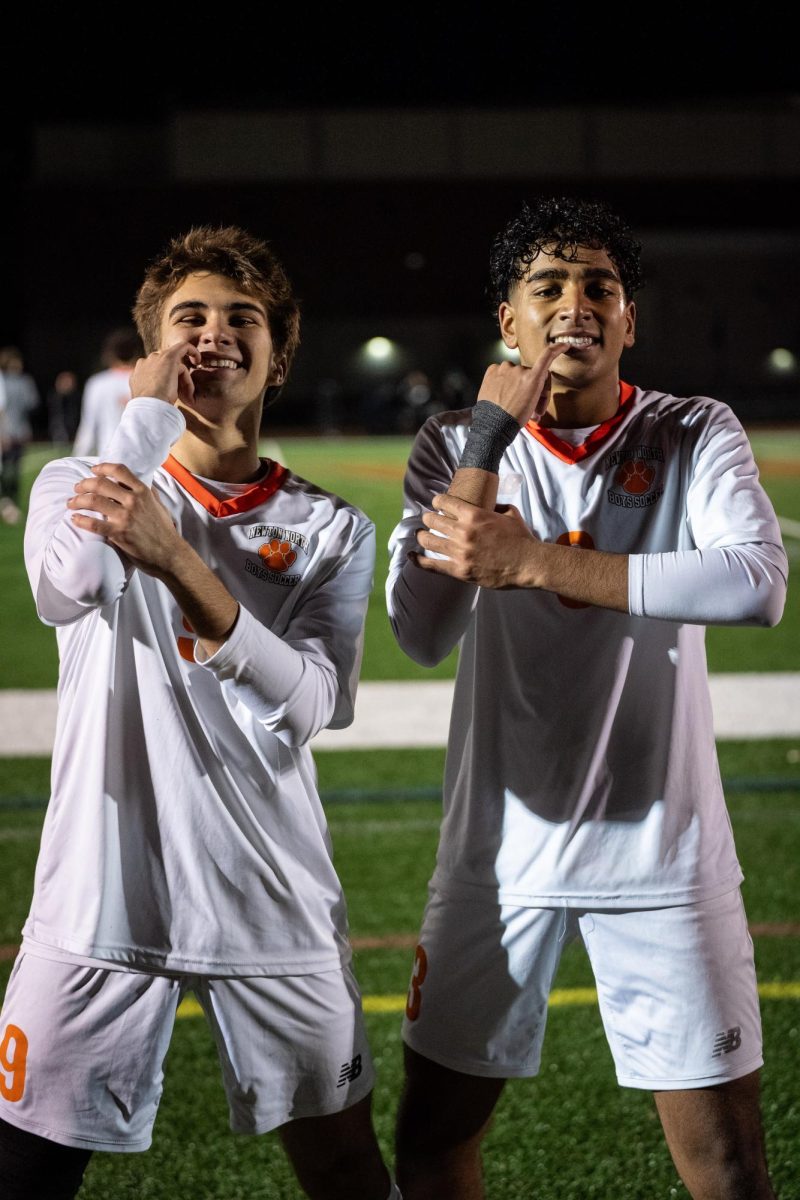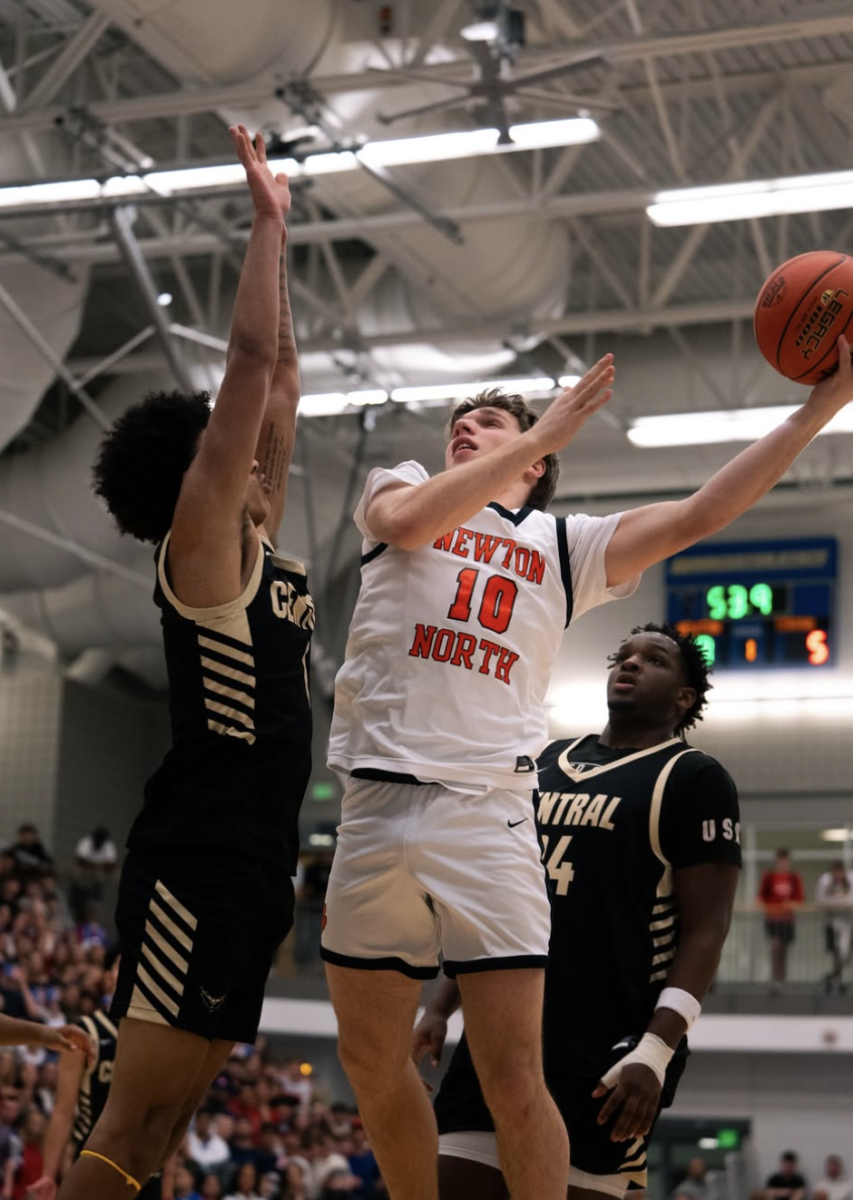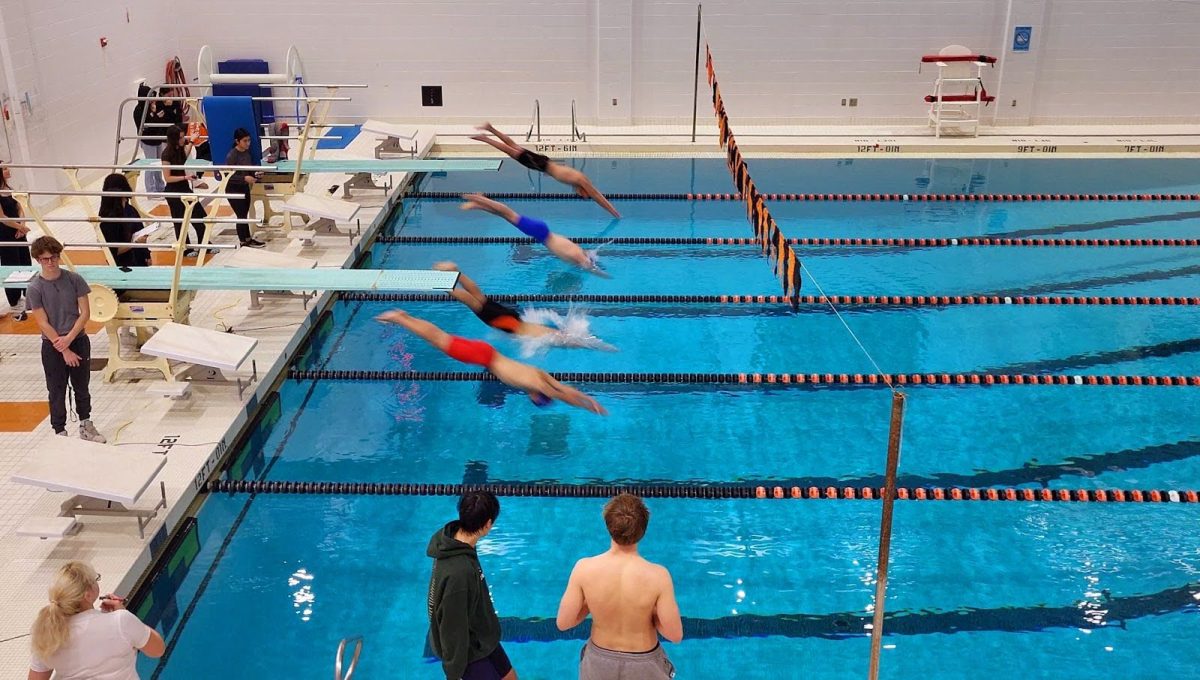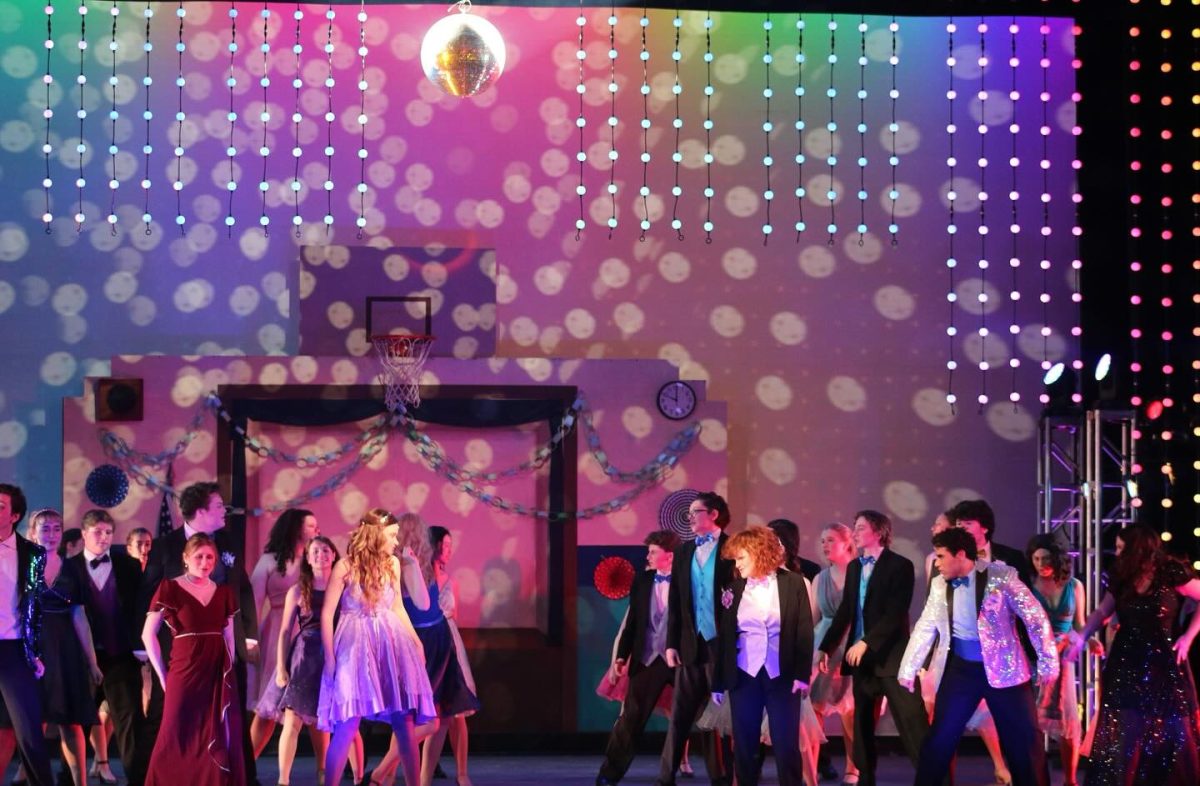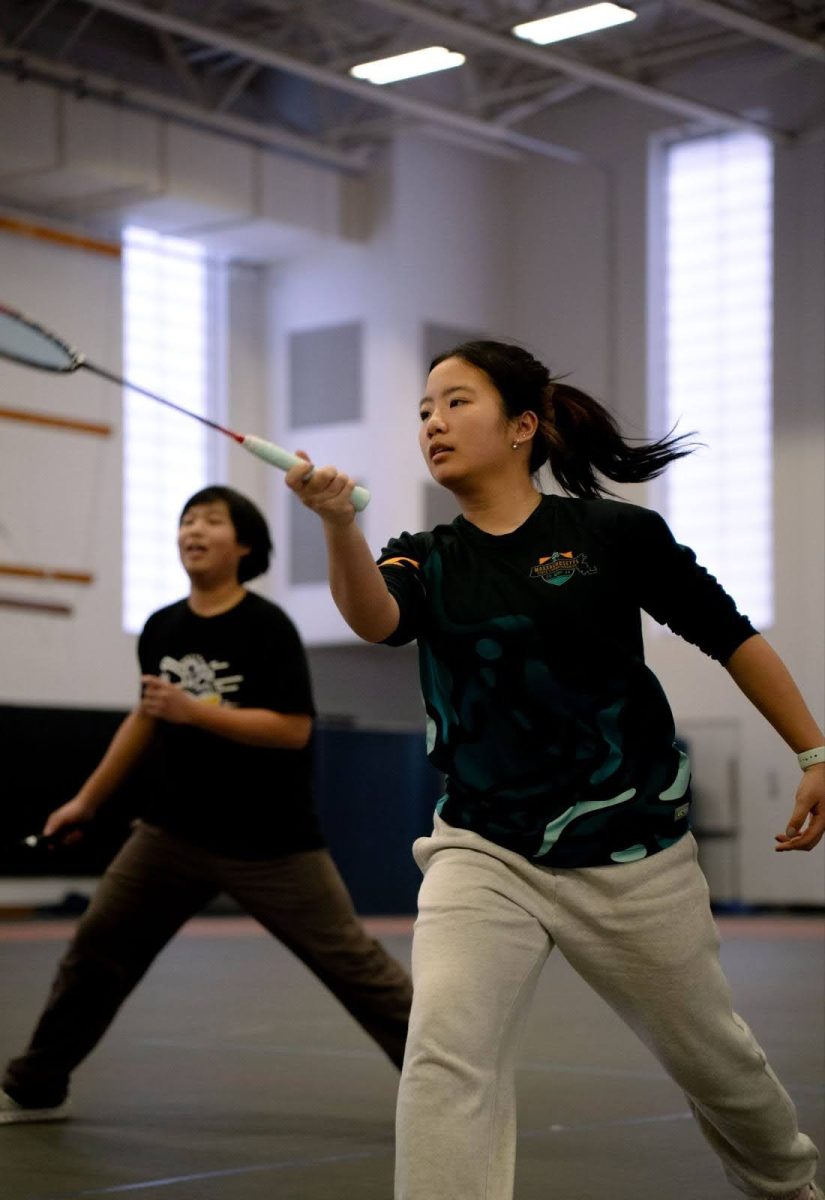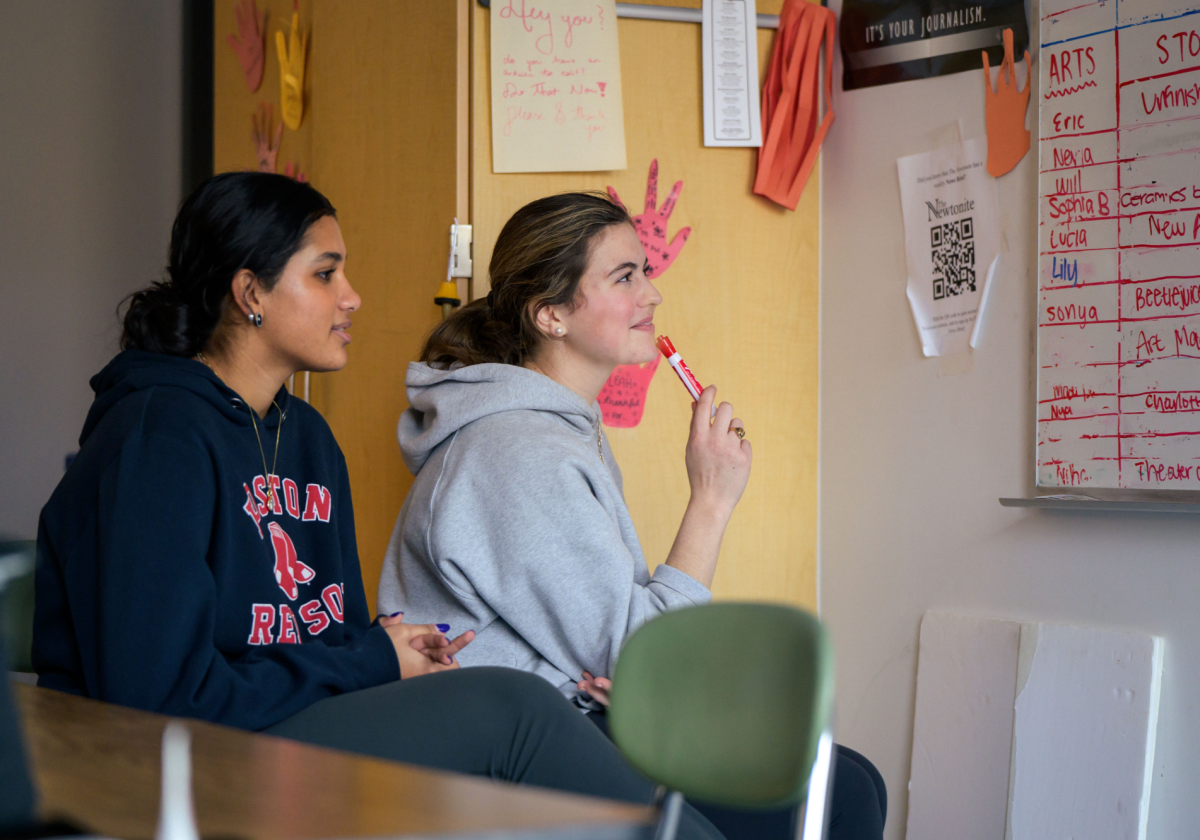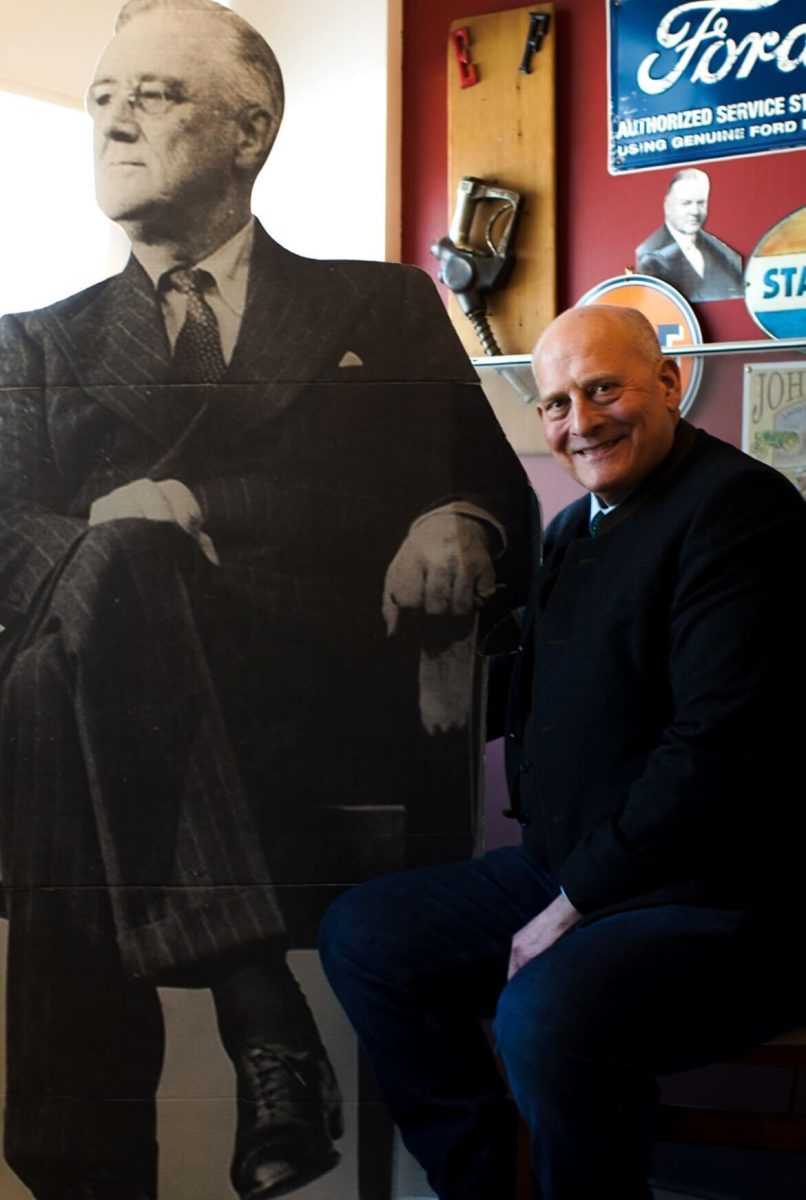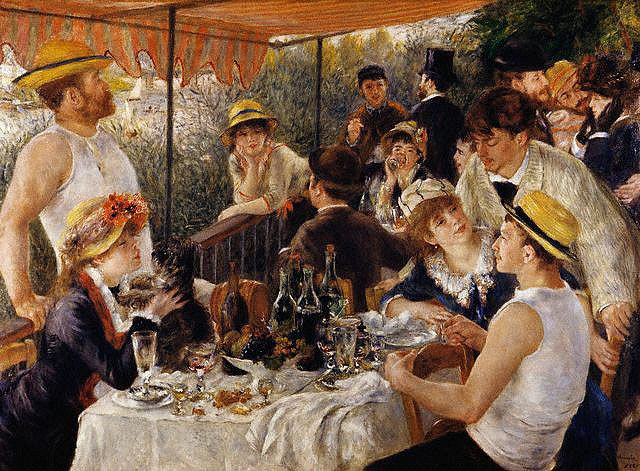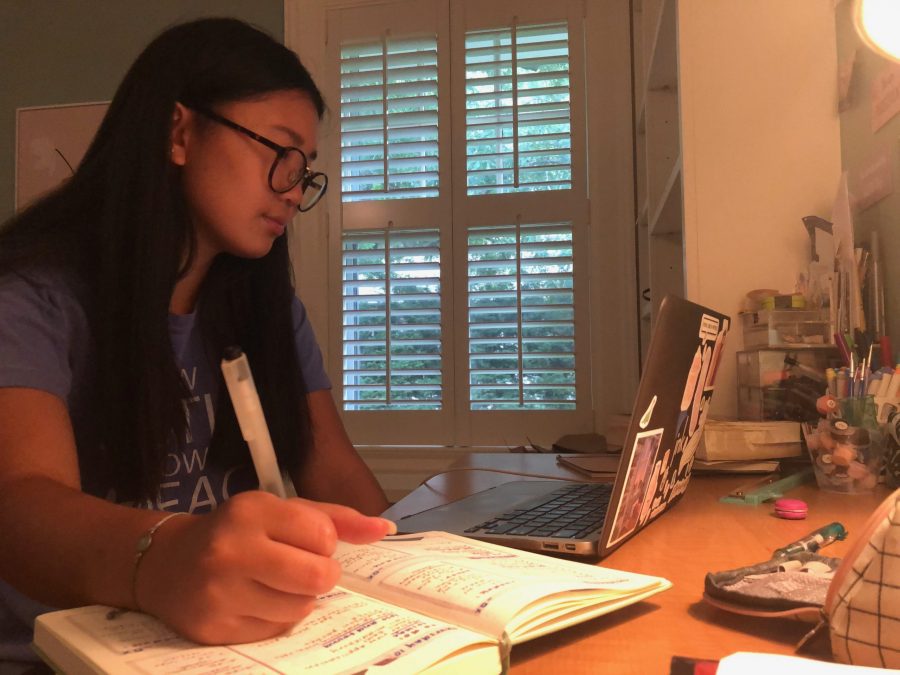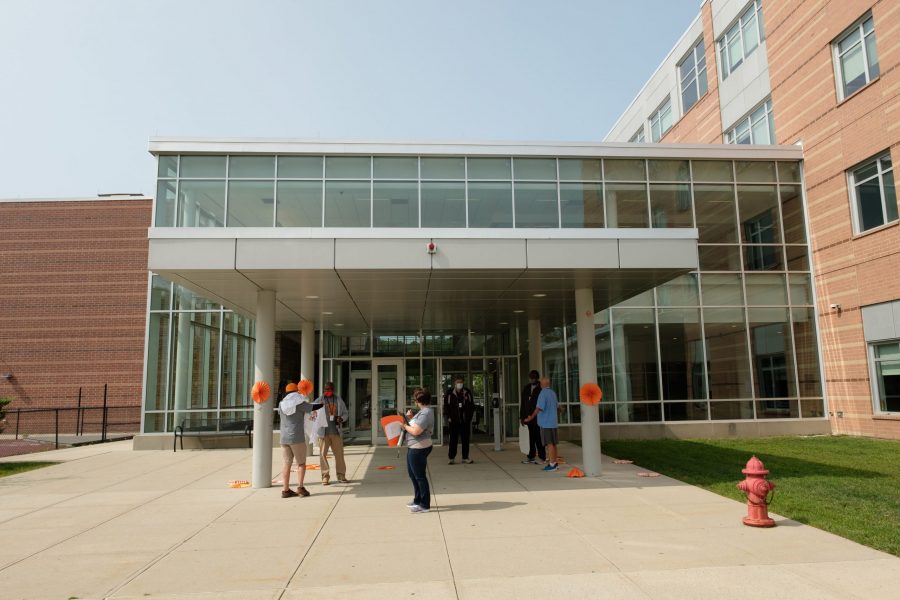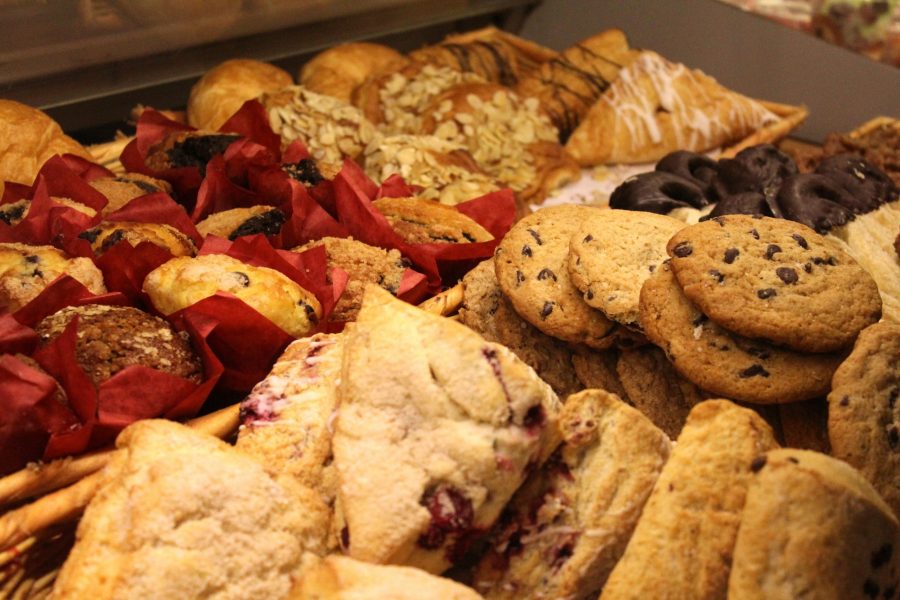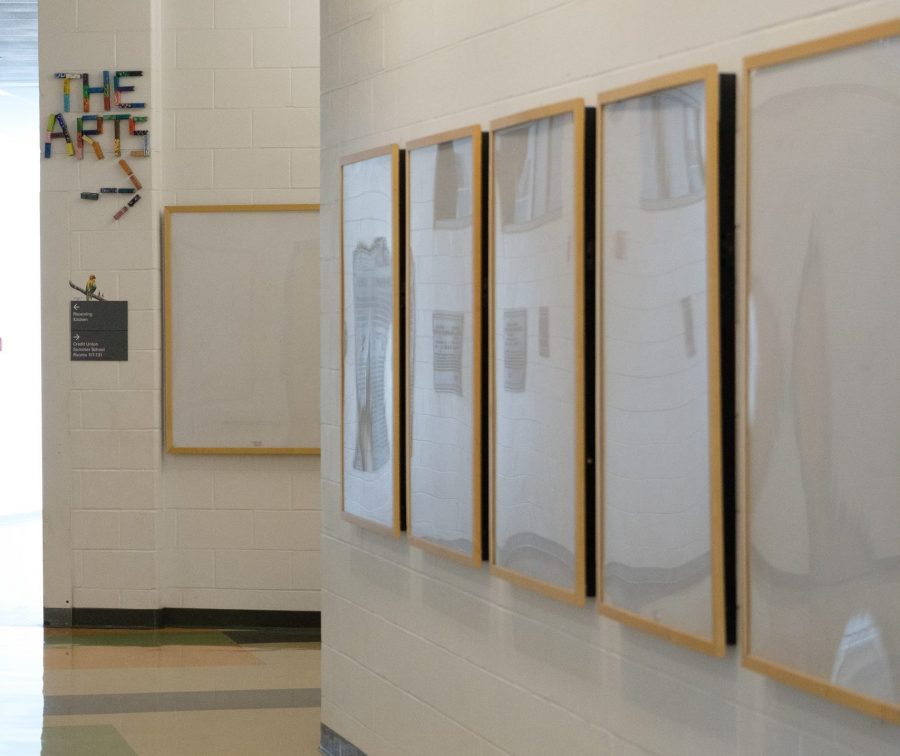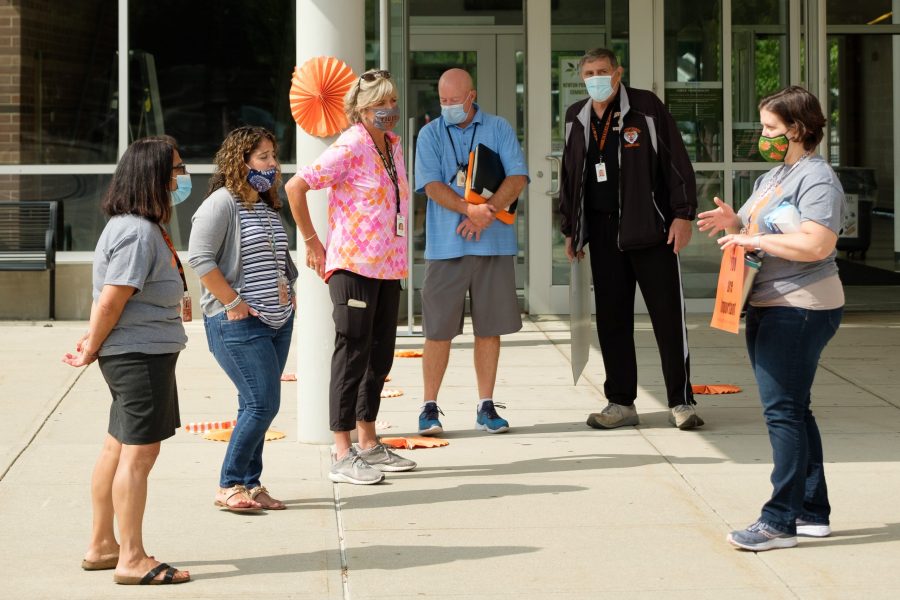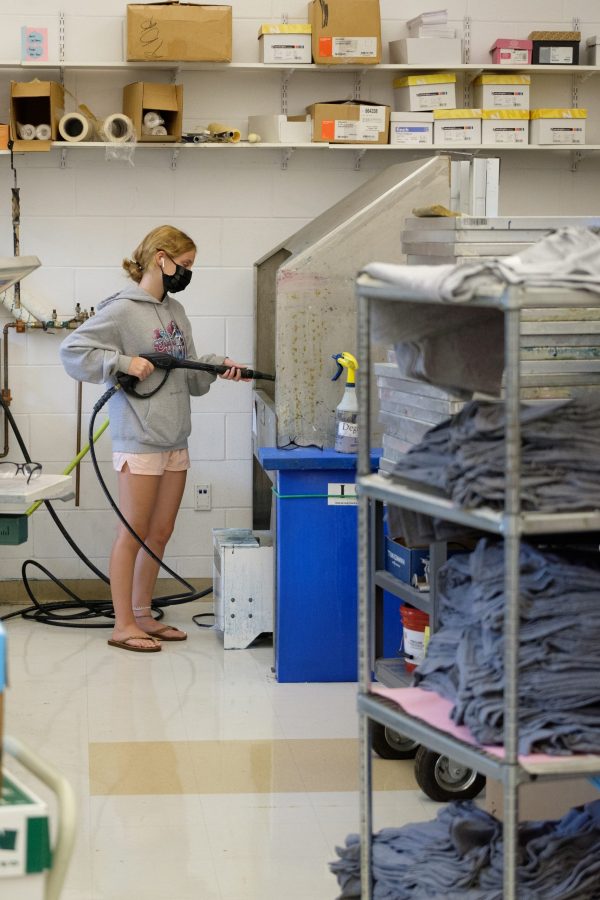The fall breeze of September typically marks the reopening of high school with students streaming back into the building. Seniors, ready to embark on the last year of high school, arrive at the building early, adorned in freshly printed senior shirts and school spirit. Soon the environment around the school fills with chatter and laughter, as seniors begin finding, hugging, and talking with friends and acquaintances. Reconnecting with others, friend groups begin to form, posing around the school building near their cars or on the field, capturing the start of their last year with dozens of pictures.
Due to the COVID-19 pandemic, however, this year is anything but typical. Instead, seniors will be sitting in their homes, in front of their computer screens, seeing old friends as they enter their online Zoom classes.
Despite this drastic difference, many seniors have come to acknowledge that the remote-learning model is the “best way for school to start given the present situation and the need to ensure the health of students and faculty, especially since the seriousness of the pandemic is out of anyone’s control,” said senior Juliette Catlin.
Seniors’ Methods of Maintaining Social Interactions
While remote learning creates difficulties for participating in in-person social interactions, seniors have been exploring new methods of connecting with friends.
Over quarantine, students have been keeping in touch remotely as well as in person. According to Catlin, she would workout with friends over Zoom. “We would screen share and finish workouts together, which allowed me to exercise as well as talk to friends,” she said.
Senior Edie Pike has been meeting up with close friends to go on walks together and simply chat, all while wearing masks and following social distancing guidelines. According to Pike, in the upcoming fall semester, “some days when the weather is nice, my friends and I may sit out together to complete work or each lunch together.”
While it is easy for close friends to stay in touch, senior Jonah Sullivan said interactions between friends who may not be as close can prove difficult.
“There are people at school that I’m not close enough with to reach out to call or facetime without them being in one of my classes, but close enough such that we would talk and study sometimes together while in school,” said Sullivan.
In response to this issue, Sullivan said that students or teachers could organize remote study sessions or breakout rooms during class for students to discuss and talk within small groups. “If the school could organize community building activities too that would be great.”
“I think that quarantine taught me that I shouldn’t have to abandon activities I enjoy or parts of my personality and identity just because of school, homework, and grades.”
Senior Arsema Kifle
Students are also typically able to engage in social interactions through participating in clubs. However, while some clubs are discussion based or require more independent work and can function online, others require in-person meetings.
According to Pike, Theatre Ink is working on holding activities outdoors. “Theater is an art that’s all about using space and people to tell a story, so we’re hoping to be able to use one of North’s many fields and other outdoor spaces to conduct activities and performances,” she said.
Senior Veer Gadodia, an officer for the Programming Club, similarly noted that “functioning virtually would be extremely difficult. In Programming there is a lot of collaboration and I need to be able to oversee peoples’ work.”
Despite the hurdles remote learning presents for student clubs, senior Arsema Kifle said she remains optimistic. “Just because school is remote, that doesn’t mean our clubs have to be gone. People will find ways to keep them running no matter what, even if it may be different from past years,” she said.
How to Continue Class Traditions Safely
While small social gatherings may be possible, senior class events and tradition require larger crowds which present a new array of challenges. Despite the social limitations, seniors and their class officers are crafting creative alternatives for community building class events.
“In student government, we are going to organize the printing and distribution of senior shirts and sixth man shirts, which can be done while safely socially distancing,” said senior Kevin Wu, the class president. “However we’re trying to come up with both in person and online events that can help build up the class community and bring together students while still keeping up with social distancing guidelines.”
According to Wu, some of those events may include holding a movie night on the field, holding tie-dye events, and even a soccer tournament. “These are just ideas however,” said Wu. “We still want to prioritize the health of students and faculty, and will plan events carefully as well as making sure they are approved by the school administration.”
Conducting events through Zoom is one way of ensuring student and faculty safety. However, Catlin noted, “the limited camera space and screen space makes it difficult to replicate class events. If you’re at your desk, you often can only see people’s shoulders and head, so it’ll be difficult to see people’s school spirit outfits or them participating in an activity.”
Alternatively, Pike added, “we’re all on social media 24/7, and I think people can get creative about the way that they use social media. For example we could still do a spirit week if people start a hashtag or an account to showcase people’s spirit outfits.”
Students are also staying optimistic for events to occur in the second half of the school year.
“If everyone stayed home and socially distanced in the fall, there could be a possibility of returning to school for a senior spring, and then we can discuss holding events such as graduation and prom,” said Kifle. “Of course we can’t predict what state the pandemic will be in then.”
Remote Learning’s Effects on Students’ Time
For many students, learning at home is more time efficient than at school. Transportation struggles to and from school and transitions between classes are generally eliminated while learning remotely.
“Since everyone is at home now, nobody needs to commute anywhere, and I know that transportation is such a big issue for many students,” said Pike. “It was a luxury to be able to just do everything in my house.”
For Sullivan, “school will be a lot more efficient in a time sensitive sense, since you don’t have to deal with rushing or walking to classes.”
With the large amount of free time during last spring’s remote learning, many seniors found ways to educate themselves outside of the learning they gained through schooling, which can be continued into the fall semester.
For Catlin, she was able to resume learning guitar and Spanish. “I started learning guitar in the eighth grade but eventually stopped practicing after a little bit. I also took Spanish in middle school but didn’t at North because I decided to take French instead, and with the extra time in quarantine, I decided to relearn both.”
In Pike’s experience, she was able to start a podcast during quarantine, which “had just been like this pipe dream of mine. I eventually made two seasons of ten episodes each. It was a little challenging at times but through the process I was able to learn a lot about running and organizing podcasts as well as a lot from the conversations I had with people.” Pike added that she was also able to “get in touch with my activist side” over quarantine through attending protests and participating in city wide initiatives, and found the experience “incredibly eye-opening since I think it may be a direction I want to head in in the future.”
Kifle was able to spend time in activities she enjoyed, such as painting, skateboarding, and redecorating her room. Outside of hobbies she picked up, she engaged in social media, in which she was able “to read about ideas I had never heard about, and have conversations about those topics. Social media definitely became a great place to learn, after I knew how to check my sources and make sure they were reliable.”
For Kifle, this opportunity to further pursue her interests helped her reevaluate how to balance her life activities. “I think that quarantine taught me that I shouldn’t have to abandon activities I enjoy or parts of my personality and identity just because of school, homework, and grades,” said Kifle.
Challenges and Solutions for the Remote Learning Process
Remote learning will alter students’ academic experiences and present a number of challenges.
According to Pike, a major challenge for students will be the added complications to meeting and talking with teachers, which may be both emotionally and academically challenging.
The online setting also has limits for student engagement. “Some students have an easier time learning in-person and around others, mostly due to the fact that it’s a lot easier to do group projects, labs, and other similar activities in person,” said Catlin.
Sitting in front of a computer for long classes without any movement can also cause the temptation of checking phones in class or opening up new tabs to scroll through the internet, added senior Nicole Ou.
“When a student is just staring at their computer screen, it becomes easier to get distracted and feels like you’re not learning as much, which makes it easier to be unmotivated to pay attention in class,” said Ou.
Despite these learning hurdles, Pike believes that, “with feedback from remote learning in the spring as well as the presented schedule, I have a lot of confidence in teachers and students making the best of the situation.” During the question and answer Zoom meeting held by the school administration on August 27, a sample chemistry class schedule illustrated teachers’ efforts to vary teaching methods: the 90 minute block included asynchronous learning, practice work, and lecturing.
Pike added, “with the implementation of remote learning, perhaps this is a time for schools and educators to rethink how the school works from the core, making them reconsider their strategies in how to help students become motivated and excited to learn.”
Kifle said that in this remote environment it is important to not be afraid of reaching out to teachers for guidance, despite the added communication barriers.
“Your teachers really just want you to succeed, as well as be able to take their class and enjoy it. By having conversations with your teachers, you can learn more effectively in terms of completing classwork and homework, as well as feel more emotionally supported,” said Kifle.
Catlin added, “I think last spring’s remote learning is going to help us in adjusting to the fall because now we already know how to operate a lot of the tools on Zoom and such.”
According to Sullivan, he learned to be more organized and set schedules while learning remotely in the spring. As a result, for the fall, “I’m already trying to mentally train myself to think. I’m going to put some time aside for school work and college work, so I’m preparing myself to have a really strict schedule,” said Sullivan. “Also we’re not going to have real papers, so I’m thinking of an online organization system, which will definitely be important, since in the spring I had my files everywhere.”
Ou noted that she made use of Excel to set a schedule for herself and organize her class work. A google docs folder system and a planner can also aid a student in organization, she said.
Ultimately, how school will operate for the rest of the year is dictated by the state of the COVID-19 pandemic. For seniors, it may seem as though the remote learning process and social distancing guidelines have made it impossible for them to enjoy the last year of high school, however, by developing methods to learn remotely, engage in social interactions, and maintain class traditions, senior year can still turn out to be memorable and exciting.
“Seniors shouldn’t give up so quickly on our senior year when there are so many ways to still have a senior year but safely,” said Kifle. “We shouldn’t count out some of the things that we’ve been waiting for for so long.”


